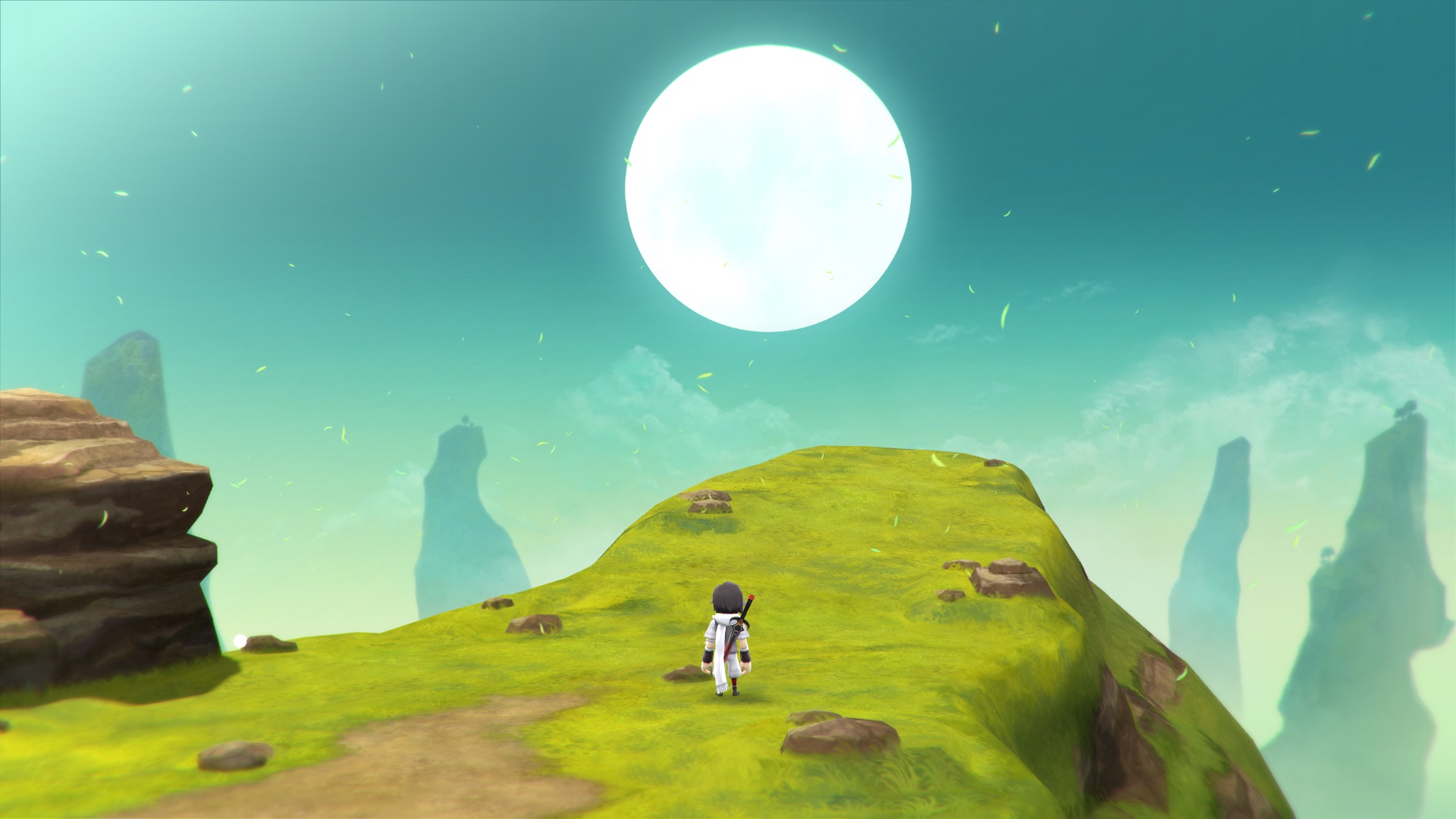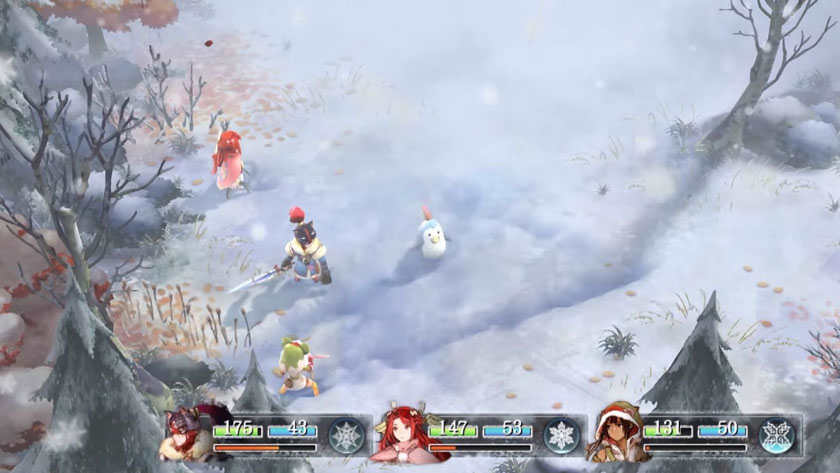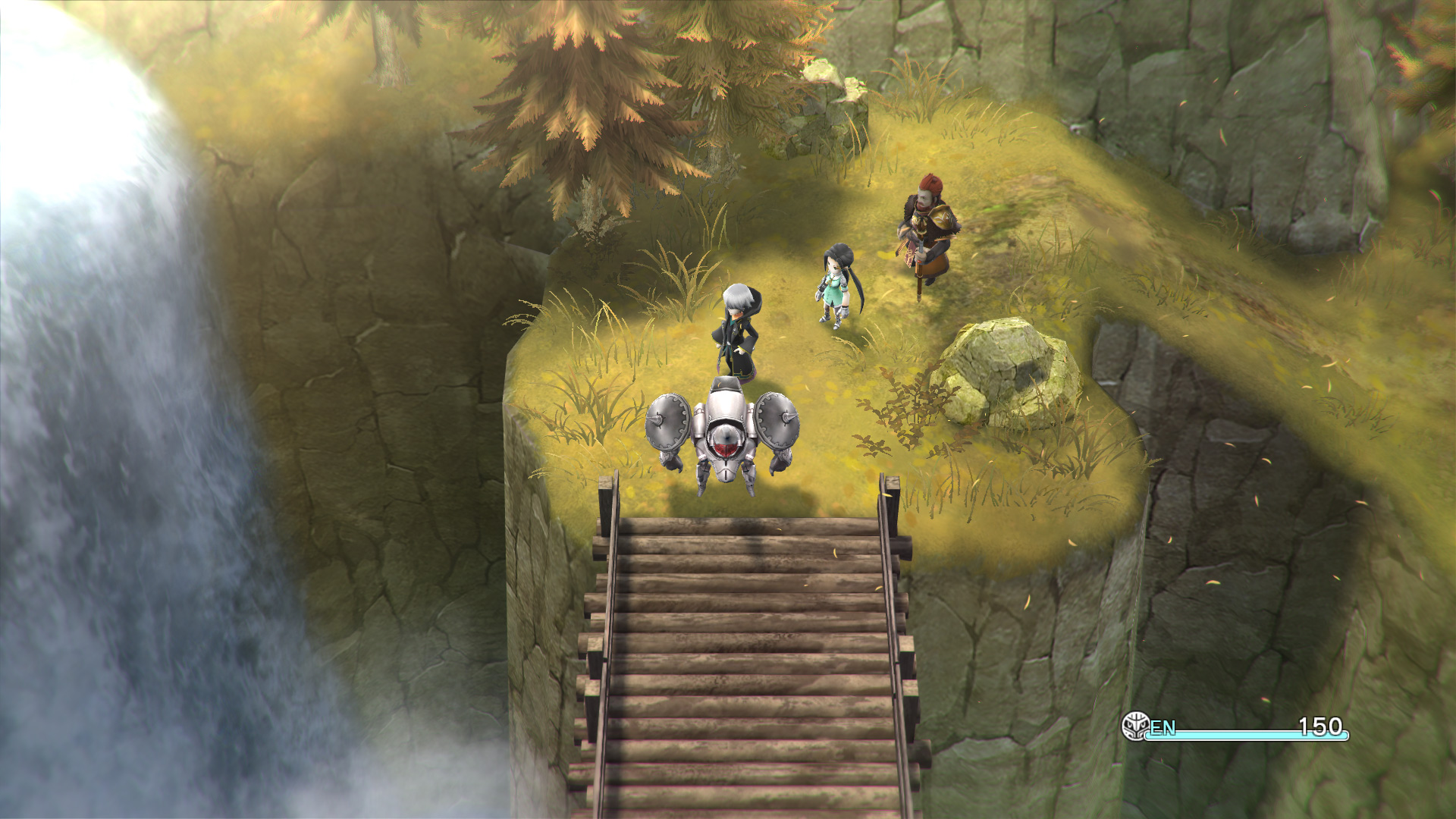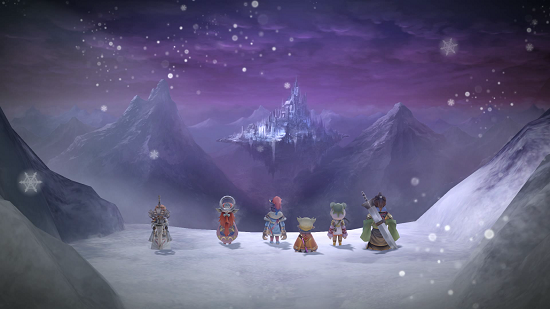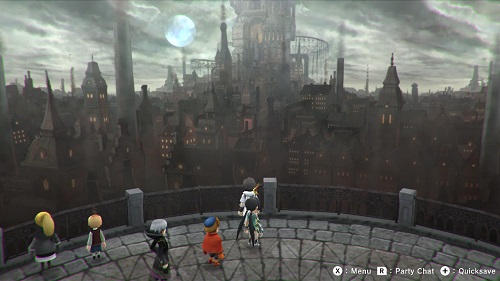
It was two years ago now that Square-Enix’s brand new studio Tokyo RPG Factory released their debut game, I Am Setsuna. An old school turn-based RPG, the game harkened back to the heyday of RPGs on the Super Nintendo. With a top down isometric viewpoint, turn based combat with combo attacks and a focus on storytelling, I Am Setsuna took some of the best aspects of past games and brought them together in a mostly-compelling package. Now Tokyo RPG Factory are back with their sophomore project, Lost Sphear, promising another personal story that riffs on the Golden Age of RPGs. While its obvious that lessons have been learnt from the development and reception of I Am Setsuna, enough content has made its way across to lead to some frustration.
If you have played I Am Setsuna since it was released in 2016, the combat system in Lost Sphear will feel immediately familiar. Lost Sphear once again uses the ATB system for its turn-based battles and the momentum system from the original game. The momentum system once again allows you to spend points accumulated during battle to add additional effects to your attacks, however the way you accumulate momentum points has changed. Unlike in I Am Setsuna, where the gauge began to fill once your ATB gauge was full, you now only accumulate momentum by taking actions in battle. Dealing or taking damage are the main method you’ll use to gain momentum, but as you progress you’ll find other methods. This change helps keep the system fresh, while also making it quick and easy to learn for returning players. Unfortunately, the combo system I loved so much from I Am Setsuna has been removed, which is a bit of a letdown.
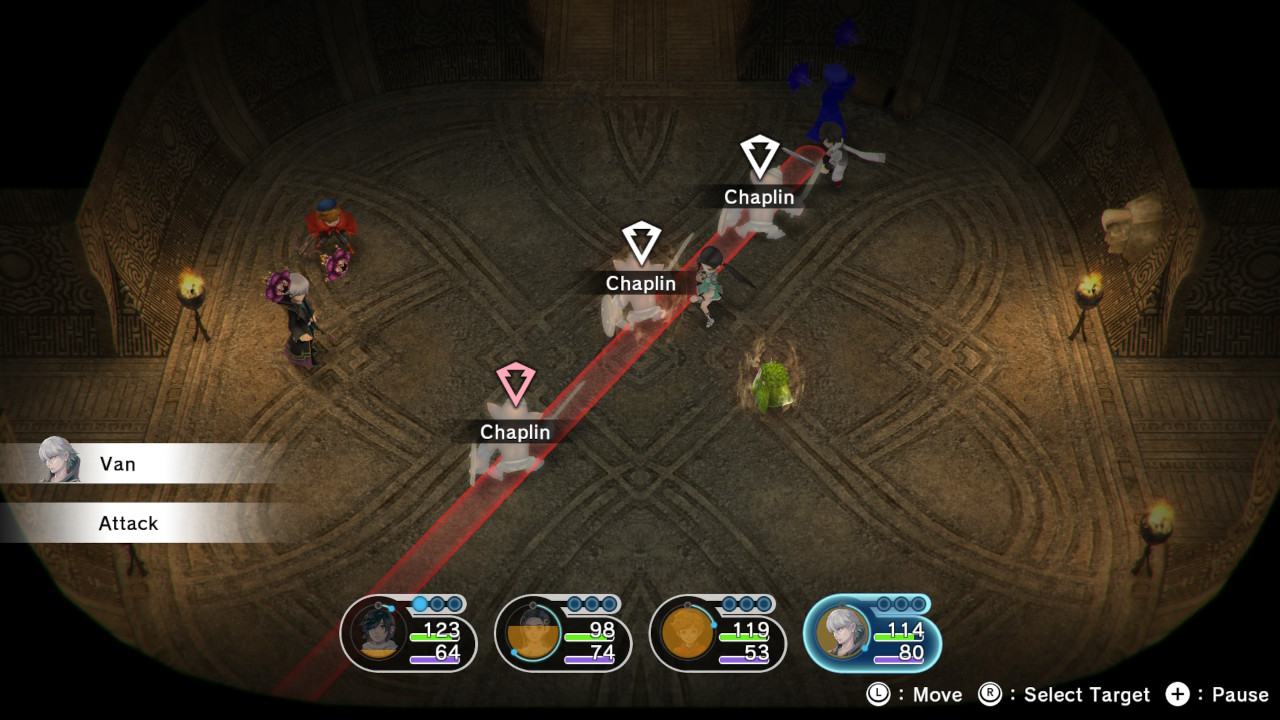
While the momentum system is slightly changed, there are two large evolutions to the combat system in Lost Sphear. The first of these is the ability to freely position your characters when using abilities during battle. This allows you to position your character and make the best use of the myriad of area-of-effect abilities you have during combat. It feels great to position your character perfectly, allowing you to hit and kill multiple enemies in one fell swoop. The other big change is the introduction of Vulcosuits. Vulcosuits are large mech-suits that your characters can don during battle, affording them the ability to use stronger attacks and gain stat increases in battle. Vulcosuits can be donned freely at any time inside and out of combat, and run on a new resource pool called VP. VP runs out quickly in battle and can only be replenished by sleeping at an inn or by using a rare item, which balances out the large amount of power. Overall, while the Vulcosuits are an interesting addition, I never felt that they afforded me much of an advantage in battle and instead found their implementation to be cumbersome, leaving me to largely ignore them.
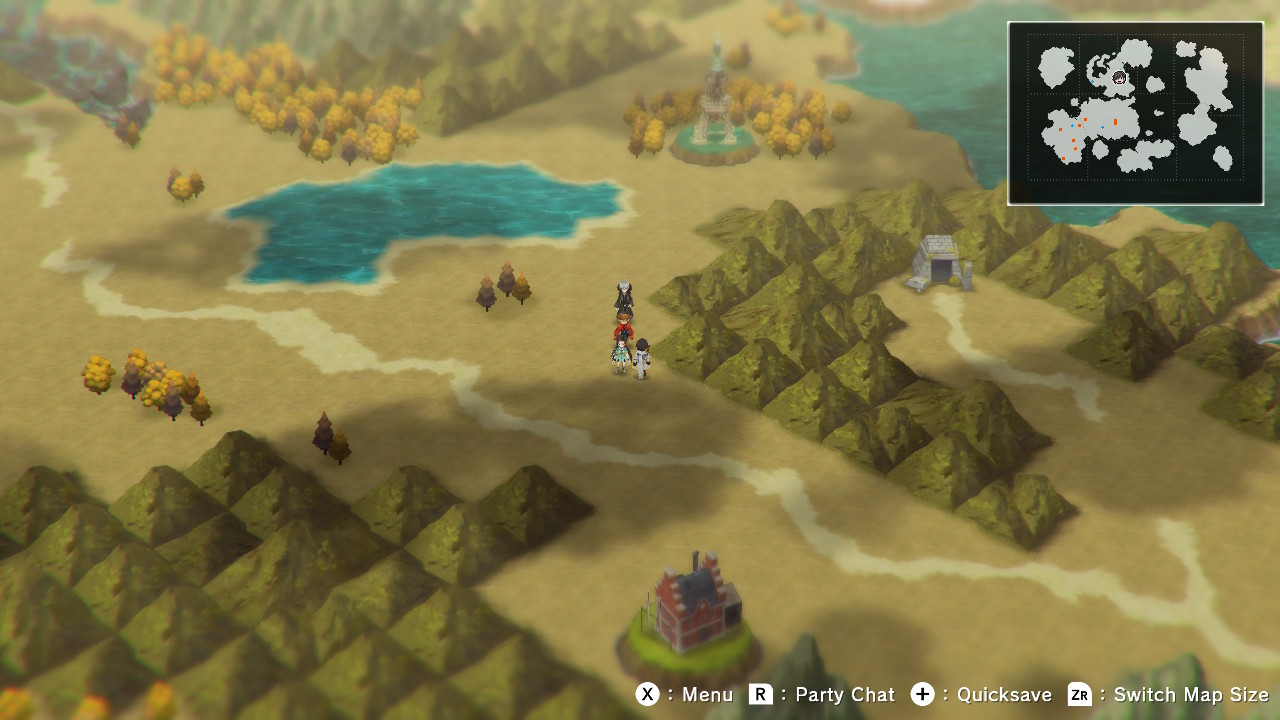
One of my frustrations with I Am Setsuna was the lack of variety in enemy models and environments, which are issues that have been partially corrected in Lost Sphear. The reason I say they have been partially corrected is because many enemy models are identical to ones found in I Am Setsuna. While there have been some additions and there is a greater variety as a whole, there are still repetitions as you continue through the game, which many later game enemies effectively being colour swaps of earlier enemies. The real difference comes in the environments in Lost Sphear, which are much more varied than I Am Setsuna’s endless snow banks. While the variety is welcomed, the graphics themselves are still somewhat questionable. Textures are largely simple, buildings and props are repeated throughout the game and the chosen style for character models is an unattractive combination of complex detail and simplified chibi-forms. It’s an overall graphical style that pointedly implies a low budget project where graphics were considered unimportant.
The real focus in Lost Sphear, as it was with I Am Setsuna, is the game’s story and characters. The story follows Kanata, a young man whose world has started to disappear around him. While grappling with the loss of the village he grew up in, a power awakens in Kanata, allowing him to give shape to the memories of others and restore that which has been lost. As more of the world quickly begins to disappear Kanata quickly finds himself enlisted by others to aid them in their personal quests and to help restore the world. Kanata isn’t a grizzled soldier or a disillusioned youth, he is idealistic, trusting and ready to give his all for the betterment of others. The story focuses in on Kanata and those closest to him, following them as their view of the world and the actions of its inhabitants grows and shapes them. While many stories focus on saving the world, here the saving of the world is itself a backdrop to allow for the characters themselves to be explored. It’s a refreshing take on the ‘Save the world’ story found in many games and one that I really enjoyed experiencing.
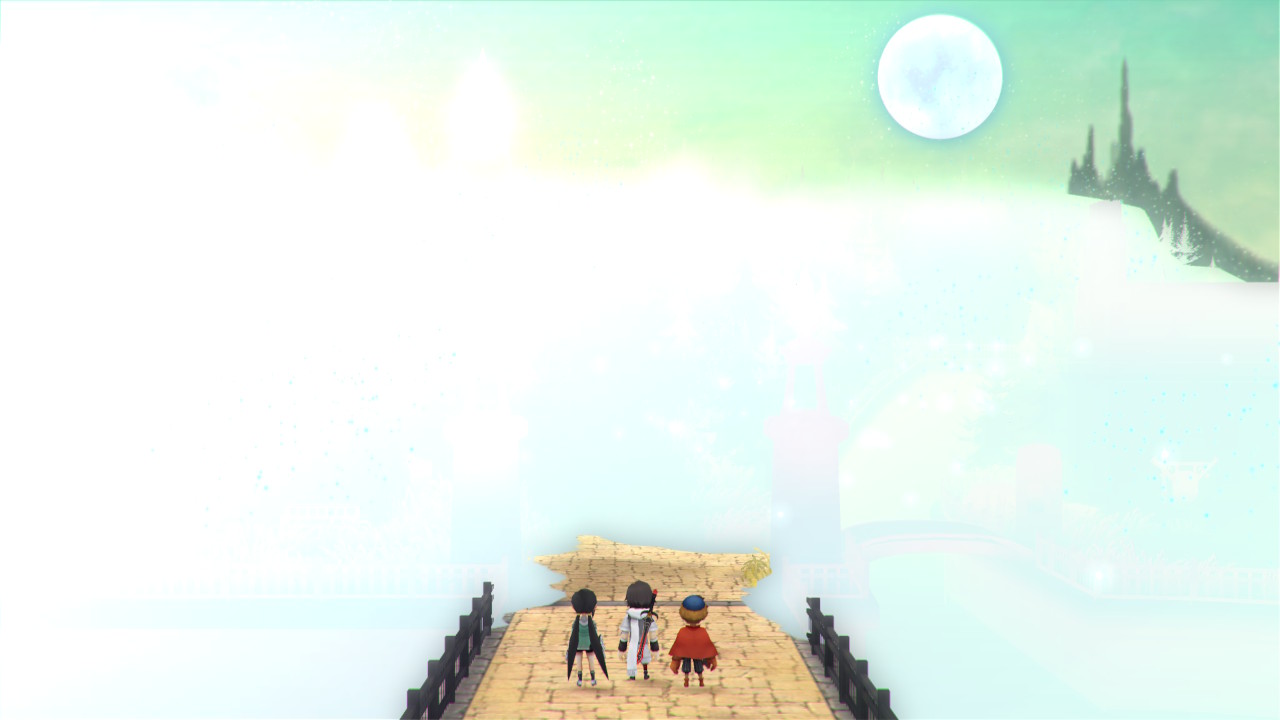
Another refreshing part of Lost Sphear is the chosen musical style for the game. While many games go for large, powerful orchestral scores that overwhelm the senses, Tokyo RPG Factory instead focused on a calm and quiet score in Lost Sphear. While there are up-tempo pieces for battle and other moments, the moment to moment music in Lost Sphear is slow, light and unobtrusive. Instead of overwhelming the senses with a myriad of instruments, it is there to provide a backing to the game that allows its other aspects to take precedence. In a world where every score is becoming bigger and more bombastic as time passes, it was refreshing to play something where I could simply sit, listen and feel at peace.
Tokyo RPG Factory’s first game I Am Setsuna was a love letter to the past, and while its influence holds true in Lost Sphear, steps have been taken modernise it as well. The lack of variety in enemy models and props is frustrating, especially since this was also a negative in I Am Setsuna, and the graphics are basic at best. While there are flaws, the story is fantastic and well written, the combat is enjoyable and the music is calming and lovely. If you’re a fan of old-school RPGs then Lost Sphear is definitely worth a look.
Highly personal and engaging story Calming, lovely musical score Interesting combat system
Lack of variety in enemy and prop models Chosen character style is unattractive

